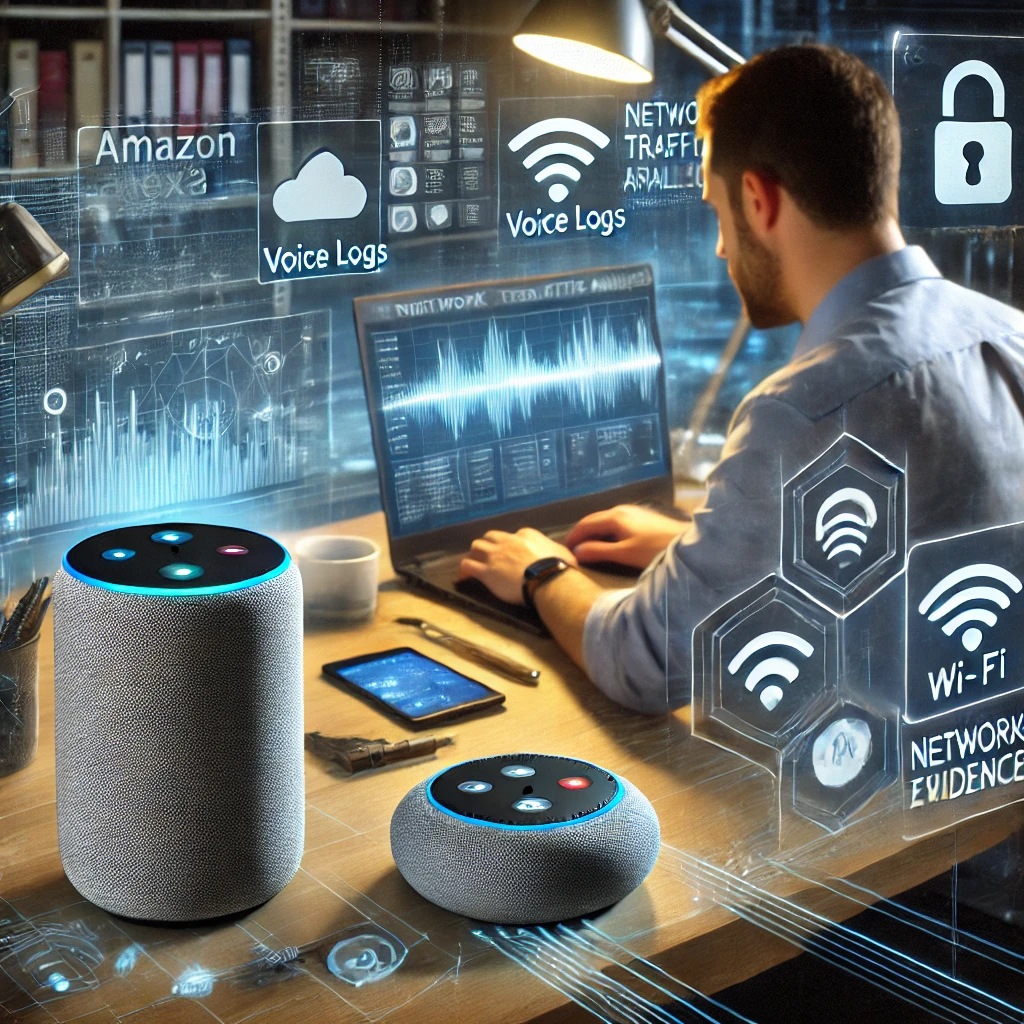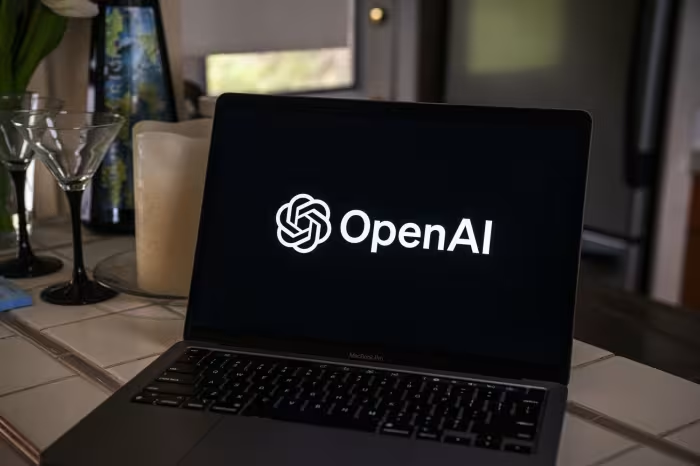
Forensic Examination of Smart Speakers: Investigating Amazon Alexa and Google Home
Smart speakers, such as Amazon Alexa and Google Home (Nest), have become integral to modern households. They assist with daily tasks, control smart home devices, and answer questions. However, their ability to record voice commands and store interaction data makes them a valuable source of evidence in digital forensic investigations.
This blog explores how forensic analysis can be conducted on smart speakers, what data can be retrieved, and the tools available—both free and commercial—for investigating these devices.
Why Investigate Smart Speakers?
Smart speakers store and transmit various types of data, including:
- Voice commands and audio recordings: Stored in the cloud and accessible via user accounts.
- Interaction logs: Records of when the device was activated and what actions were taken.
- Network and connectivity data: Logs of connected devices and Wi-Fi activity.
- Linked accounts and third-party apps: Integrations with services like Spotify, smart home devices, and shopping accounts.
- Mobile app data: The smartphones’ Alexa and Google Home apps store logs, commands, and device interactions.
This data can be critical in criminal investigations, fraud cases, family disputes, and cybersecurity incidents.
Types of Data That Can Be Recovered
1. Cloud-Stored Data
Both Amazon and Google store voice interactions in their cloud systems. This data includes:
- Timestamps of voice commands
- Transcripts of voice interactions
- Playback history
- Smart home device logs (lights, locks, security cameras, etc.)
Investigators can request this data via legal requests or GDPR requests (for civilian investigations).
2. Mobile App Forensics
The Amazon Alexa and Google Home apps store:
- Command history
- Device pairing details
- Geolocation data (if enabled)
- Third-party service interactions
Forensic tools can extract data from these apps when examining a suspect’s mobile phone.
3. Network Traffic Analysis
Analysing router logs can reveal the following:
- When the smart speaker was online
- Which IP addresses did it communicate with
- Potential evidence of voice commands being sent to cloud services
This can be crucial in cases where physical access to the device is impossible.
Tools for Examining Smart Speakers
Several forensic tools can assist in extracting and analysing data from Alexa and Google Home devices.
Commercial Tools
- Magnet AXIOM – Supports cloud data acquisition, including Amazon Alexa and Google accounts.
- Oxygen Forensic Detective – Extracts data from mobile apps linked to smart speakers.
- Cellebrite UFED – Can retrieve logs from paired mobile devices.
- X1 Social Discovery – Used for cloud data collection and analysis of user accounts.
- Wireshark – Useful for capturing network traffic from smart speakers.
Free & Open-Source Tools
- MitMproxy – Intercepts and analyses network traffic between smart speakers and cloud services.
- Autopsy (with appropriate plugins) – Can assist in extracting data from associated mobile devices.
- Alexa Voice History Download – Users can download their voice interaction logs for analysis.
- Google Takeout – Allows users to download all stored Google Home data.
Challenges in Smart Speaker Forensics
- Cloud Storage Dependency – Most data is stored on Amazon/Google servers, requiring legal requests.
- Encryption & Privacy Protections – Direct device extraction is harrowing due to encryption.
- User Deletion – Users can delete their voice history, though forensic recovery may be possible.
Notable Cases Involving Smart Speaker Evidence
- 2019 Arkansas Murder Case – Prosecutors sought Alexa recordings to establish a suspect’s presence.
- 2018 New Hampshire Double Homicide – Law enforcement obtained Alexa data from Amazon to aid the investigation.
- UK Fraud Investigation – Smart home data was used to prove a suspect’s location.
How Investigators Can Approach Smart Speaker Forensics
- Check for cloud-stored data – Obtain Alexa/Google Home logs legally or voluntarily.
- Examine mobile devices – Extract data from the Alexa/Google Home apps.
- Analyse network traffic – Investigate router logs for communication between smart speakers and servers.
- Look for linked devices – Smart speakers interact with mobile phones, tablets, and other smart home systems.
Conclusion
Smart speakers are an emerging source of digital evidence, and forensic techniques continue to evolve to address encryption and cloud-based storage challenges. Investigators must leverage cloud requests, mobile forensics, and network analysis to extract valuable intelligence.
Forensic professionals should stay updated on legal requirements and the latest forensic tools to maximise the potential of smart speaker investigations.
Further Reading & References
- Amazon Alexa Privacy & Data Policies
- Google Nest Data & Privacy Policy
- Forensic Examination of IoT Devices
- How to Download Your Alexa Data
- Google Takeout for Downloading Google Home Data
This blog provides an investigative roadmap for forensic, cybersecurity, and legal professionals handling innovative speaker-related cases. As these devices become more embedded in daily life, their forensic significance will only grow.



